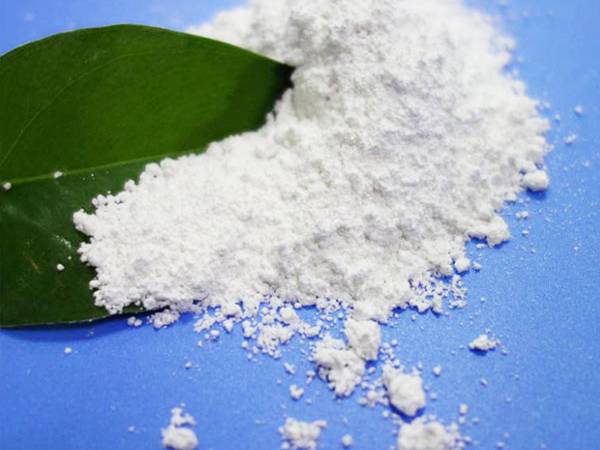



what is cross linked polyacrylamide
Understanding Cross-Linked Polyacrylamide
Cross-linked polyacrylamide is a versatile polymer that has garnered significant attention in various fields such as biochemistry, environmental science, and materials engineering
. This article delves into the nature of cross-linked polyacrylamide, its properties, and applications.At its core, polyacrylamide (PAM) is a synthetic polymer made from acrylamide monomers. When these monomers undergo polymerization, they form a long chain structure. However, in cross-linked polyacrylamide, an additional process occurs wherein chemical cross-linkers connect these polymer chains at various points. This cross-linking alters the physical properties of the polymer, making it more rigid and cohesive compared to its linear counterpart.
One of the defining features of cross-linked polyacrylamide is its gel-like consistency. This unique structure enables it to absorb large amounts of water while retaining its shape, making it an excellent material for numerous applications. The gel-like property is particularly valuable in fields such as biotechnology and biochemistry, where it is commonly used in gel electrophoresis. This technique allows researchers to separate and analyze proteins and nucleic acids based on their size and charge, facilitating important studies in genetics and molecular biology.
what is cross linked polyacrylamide

Cross-linked polyacrylamide is also essential in environmental applications, particularly in water treatment. Its ability to form gels that trap contaminants makes it useful for absorbing pollutants from water. Additionally, cross-linked PAM is utilized in soil conditioning, enhancing the water retention capacity of soil, which is crucial for agriculture—especially in arid regions where water conservation is vital.
Moreover, in the field of medicine, cross-linked polyacrylamide serves as a filler material in cosmetic procedures due to its biocompatibility and stability. It can be used in dermal fillers, providing volume and contour to the skin, while also being gradually absorbed by the body over time.
Despite its many advantageous properties, safety considerations must also be accounted for when using polyacrylamide-based products. Acrylamide is known to be a neurotoxin and a potential carcinogen, especially in its monomer form. Therefore, effective handling, usage guidelines, and regulations are crucial in minimizing risks associated with its use.
In conclusion, cross-linked polyacrylamide is a polymer with significant potential across various industries due to its unique properties. From laboratory applications in gel electrophoresis to practical uses in environmental science and medicine, its versatility cannot be overstated. As research continues and technologies advance, the potential applications of cross-linked polyacrylamide are likely to expand even further, contributing to advancements in science and industry.
-
Why Sodium Persulfate Is Everywhere NowNewsJul.07,2025
-
Why Polyacrylamide Is in High DemandNewsJul.07,2025
-
Understanding Paint Chemicals and Their ApplicationsNewsJul.07,2025
-
Smart Use Of Mining ChemicalsNewsJul.07,2025
-
Practical Uses of Potassium MonopersulfateNewsJul.07,2025
-
Agrochemicals In Real FarmingNewsJul.07,2025
-
Sodium Chlorite Hot UsesNewsJul.01,2025










